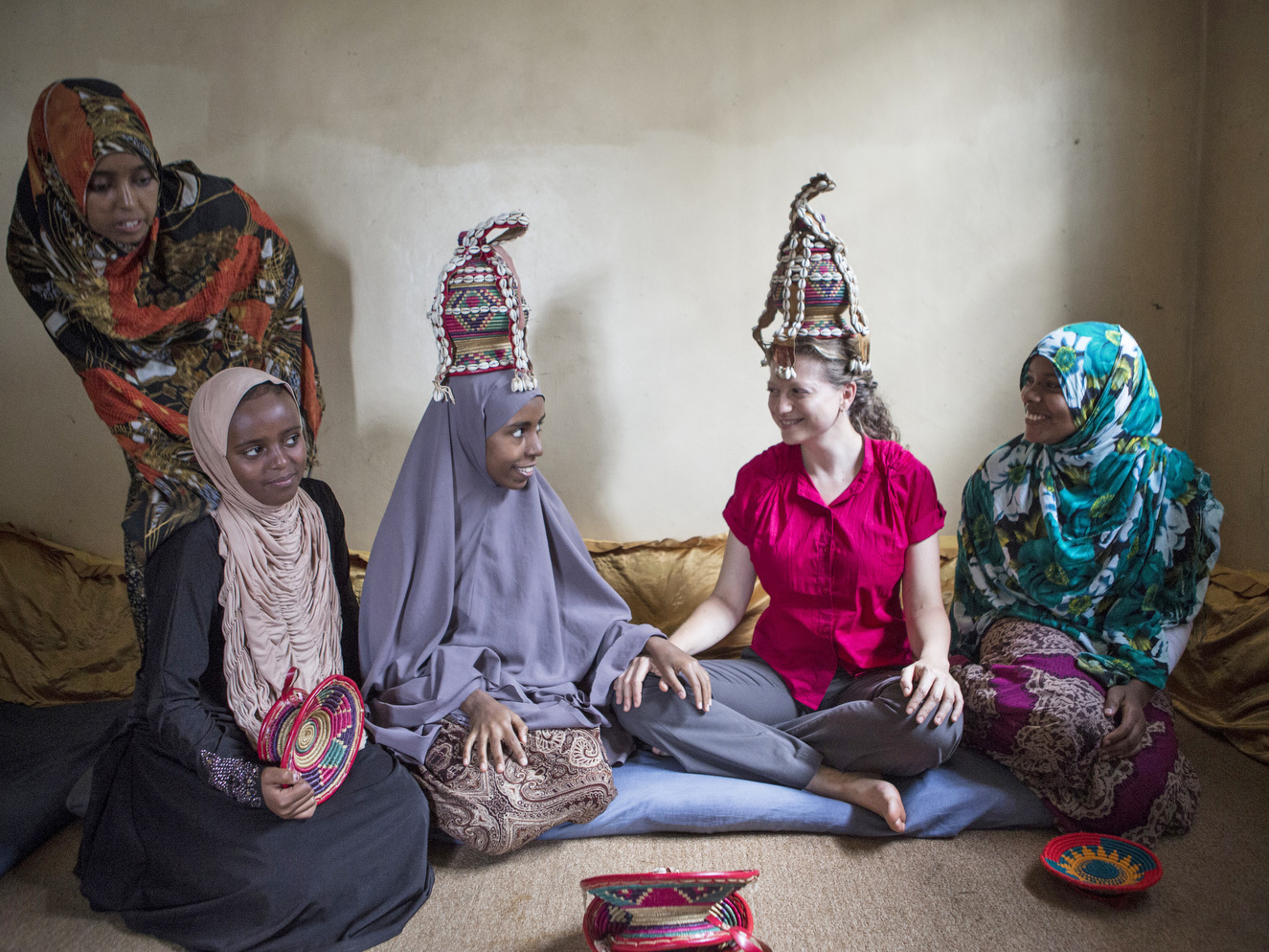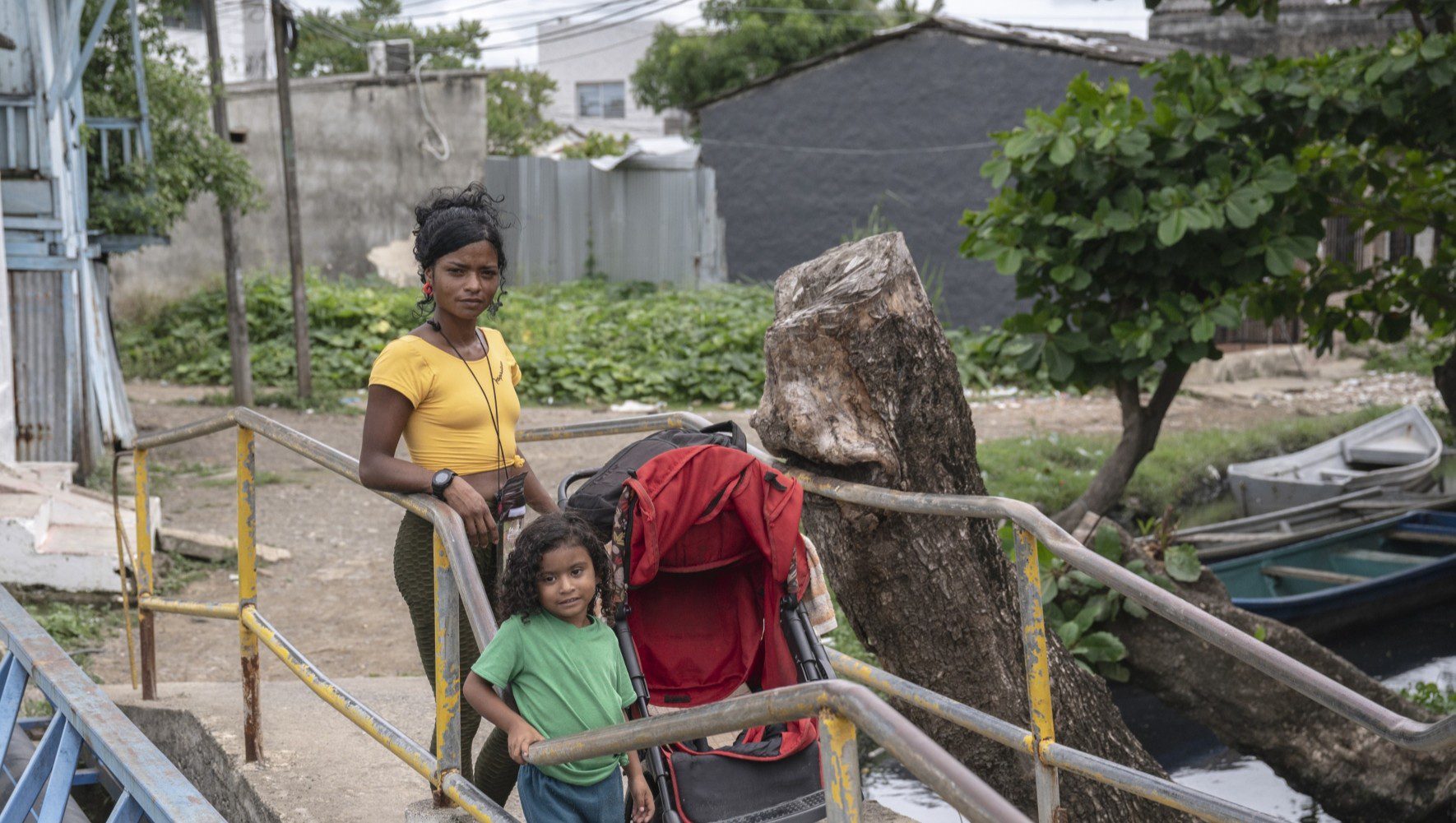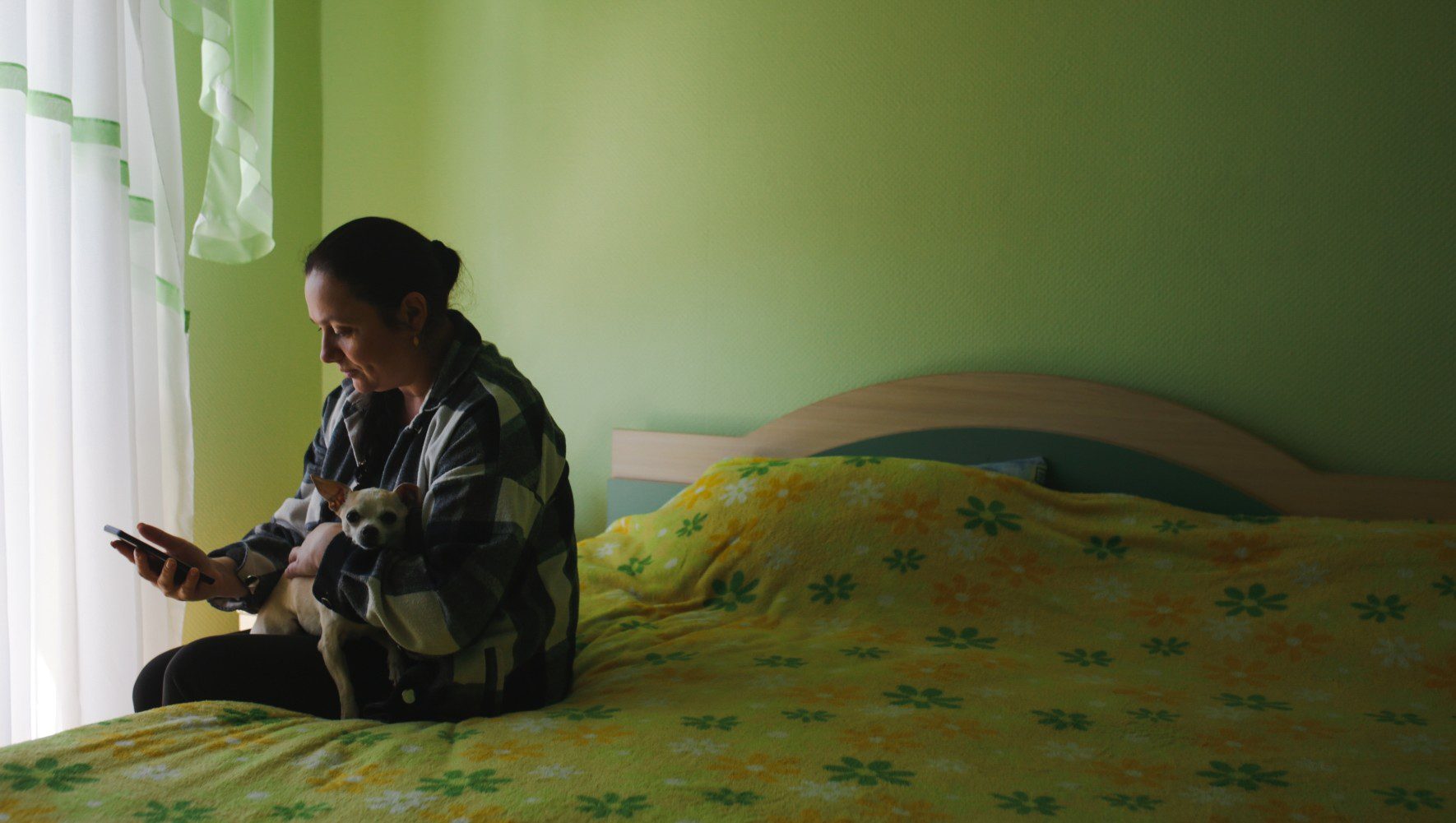On Being a Refugee, Then Helping Others: Repair the World Interviews Zhanna Veyts
Apr 21, 2016

Veyts (second from right) making a home visit to a family of Ethiopian refugees living in Nairobi, Kenya.
(Glenna Gordon/HIAS)
Repair the World published the interview below as part of the #SupportforRefugees campaign. Click here to view the original post on werepair.org.
Repair Interview: Zhanna Veyts on Being a Refugee, Then Helping Others with HIAS
By Leah Koenig, Repair the World
What if you had the opportunity to give back to someone or something who made a profound difference in your life? For Zhanna Veyts, that is exactly what happened. In 1989, when she was still a child, Veyts and her parents left the Soviet Union for America with the help of HIAS – the oldest international migration and refugee resettlement agency in the U.S. (and our partner in this month’s #SupportforRefugees campaign.)
Today, Veyts works for HIAS supporting refugees going through the same transitions she went through nearly 30 years ago. Repair the World recently spoke to Veyts to find out how her experience shapes her work and how, despite our differences, we all pretty much want the same thing.
Can you tell me a bit about your own refugee experience, and how it impacts your work at HIAS?
I’m originally from Ukraine and came to America with my parents in 1989 with help from HIAS. We went through Vienna and Italy like hundreds of thousands of Soviet Jewish refugees at the time. We had to figure out if we would be able to go to America or Israel. When we arrived in Los Angeles, our experience was not unlike everything that refugees experience today. You get an apartment, it gets furnished, there are social programs, you enroll in school or get a job, you have to learn English, and life starts anew. You get here and very quickly you’re on your own.
The process is quite complicated, but HIAS has been doing it for 130 years. I realized later that some of these big decisions that made a huge impact in my life at different crossroads were directly related to HIAS. It is so interesting to be working on the other side of it now.
What did it feel like to be an adolescent going through this experience?
When we left, we thought we would never see my grandparents again. That happens to so many people today. We did not know that years later, the situation with the Soviet Union would change and we’d be able to bring them here. We really thought we were saying goodbye, and that was really rough.
I also remember the dramatic difference between my life in Ukraine before the Iron Curtain fell, and what I found in Europe. It was Christmastime when we made it to Vienna and Italy. Everything was sparkly and clean, it felt like Disneyland. Before the Internet and with no access to Western television, I’d had no vision of what to expect when I left. Arriving there, I had a definite, “I’m not in Kansas anymore” moment. Soon after we came to America we moved to Los Angeles, and I attended public school the first year. I remember it feeling so much bigger and more diverse than anything I’d experienced. A year later I transferred to a Jewish day school and remember being really aware that there were differences between me and the other kids.
How did you end up working for HIAS?
It was kind of serendipitous. Going to Jewish day school and Jewish sleep away camps had a big part in shaping who I am. In college I attended Hillel events and went on service trips. The service part and social justice part of Judaism always made a lot of sense to me as a person from somewhere else who had been included. When I moved to New York, I got a job at the JDC working for their non-sectarian disaster relief department. I found the work really interesting, and it was in-line with my sense of Judaism to help others beyond our own community. When I got the job here three years ago, everything came full circle.
What do you do at HIAS?
I work in communications and digital media, running social media and our blog. I think of these things as different platforms for story telling. The stories of the people HIAS works with are what makes this work really compelling. This organization facilitates this completely transformative shift in people’s lives. I experienced that myself. I’m not going to sugar coat it, it’s the beginning of a whole journey that people go on. And it’s difficult and hard for many people. But so many people finally find safety and freedom.
I’ve had the opportunity and privilege to meet a lot of people HIAS works with in different capacities. I’ve seen programs in Africa and met Afghanis, Iraqis, and people from so many different corners of the world who all have their own stories and experiences. But the majority of them, when we ask them what’s the best thing about getting to America, say “feeling safe.” When it comes down to it, people really all want the same thing. They just want to have a nice, warm, safe environment for their families.
Click here to find out more about Repair the World and HIAS’ #SupportforRefugees campaign.


